Germany Gfk Consumer Sentiment for February rose 0.2 pts to -6.7, better than expectation of -8.0. In January, economic expectations rose from 17.1 to 22.8. Income expectations rose from 6.9 to 16.9. Propensity to buy rose from 0.8 to 5.2.
“Despite rising incidences and inflation, consumers are once again showing some optimism at the beginning of the year. In particular, they are hoping for a slight alleviation in price trends, as in January 2022 the base effect resulting from the January 2021 reversal of the VAT cut will mitigate the inflation rate to some degree. Nevertheless, consumers price expectations remain significantly higher than in recent years.”, explains Rolf Bürkl, GfK consumer expert. “In addition, experts assume that the pandemic situation would ease in the spring, which will lead to a number of restrictions being removed.”




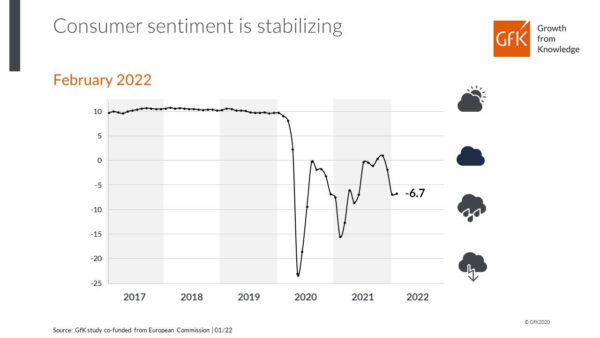
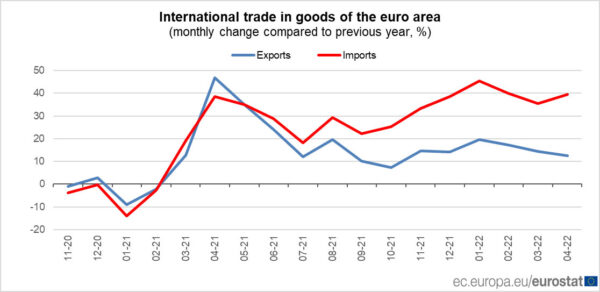
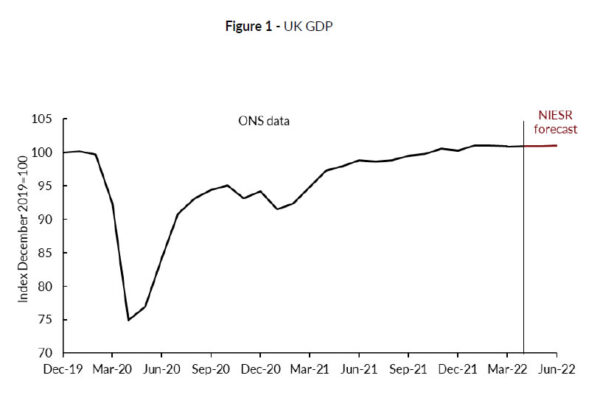
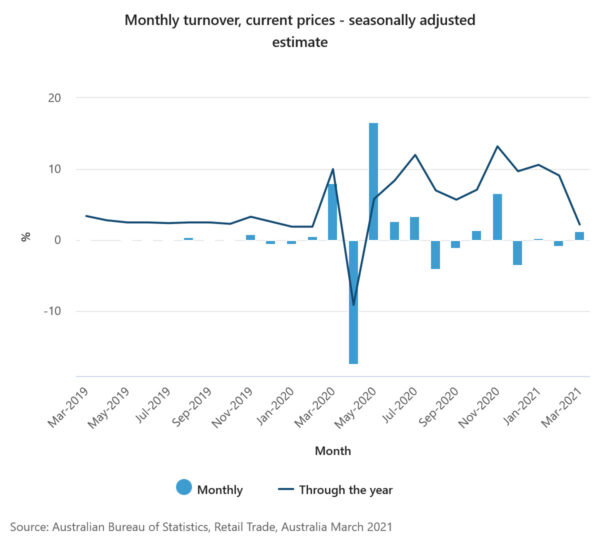
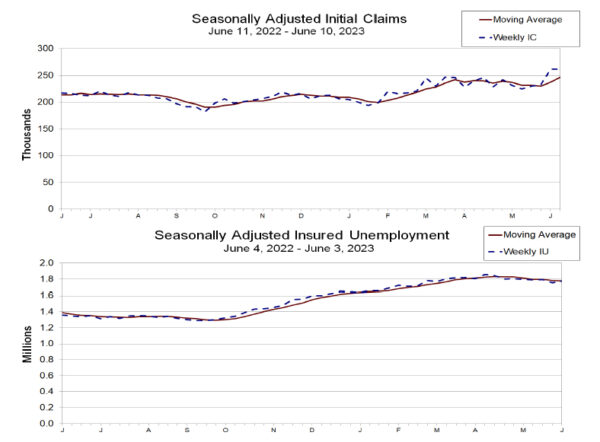
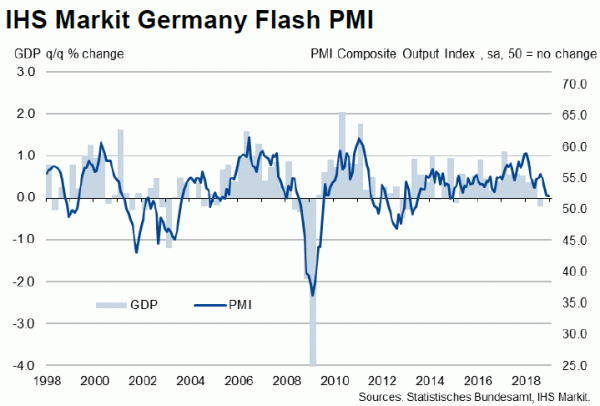
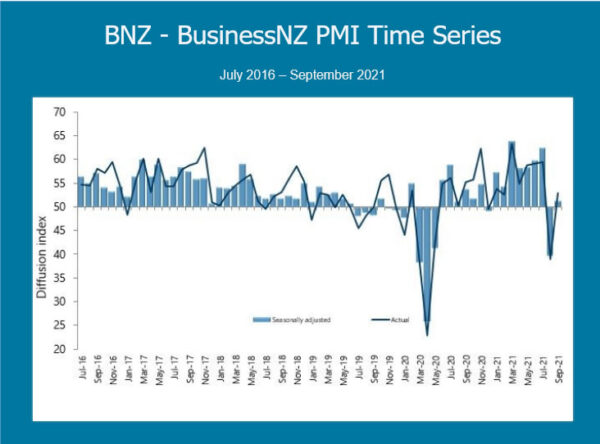
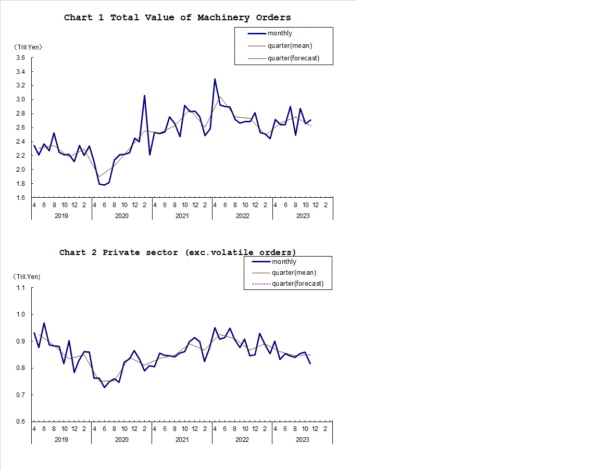
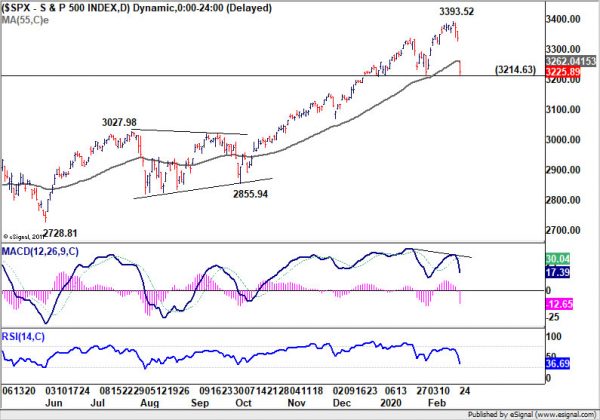

Canada CPI slowed to 6.3% yoy, core down to 5.3% yoy
Canada CPI slowed from 6.8% yoy to 6.3% yoy in December, matched expectations. Excluding food and energy, CPI Core slowed from 5.4% yoy to 5.3% yoy.
CPI median dropped from 5.1% yoy to 5.0% yoy, above expectation of 4.9% yoy. CPI trimmed dropped from 5.4% yoy to 5.3% yoy, above expectation of 5.2% yoy. CPI common dropped from 6.8% yoy to 6.6% yoy, matched expectations.
On a monthly basis, CPI dropped -0.6% mom, largest monthly decline since April 2020. The fall was mostly driven by gasoline prices, which also posted their largest monthly decline since April 2020.
Full release here.